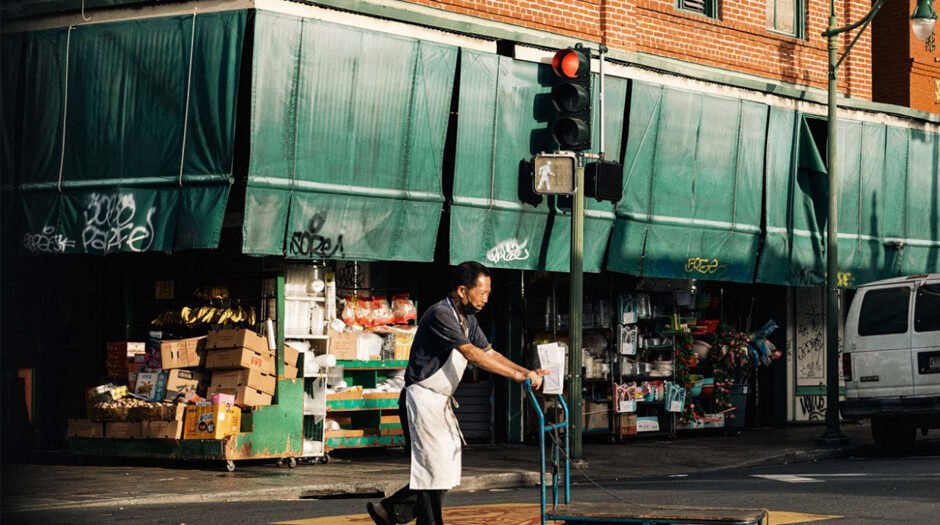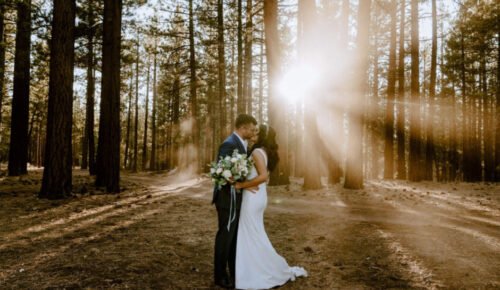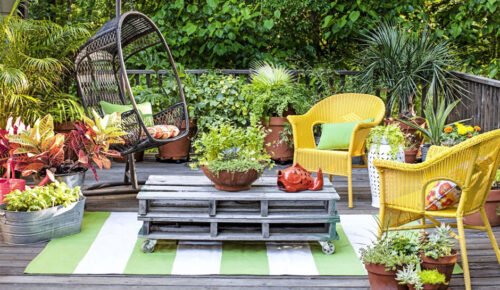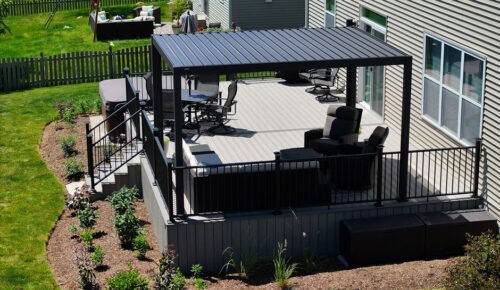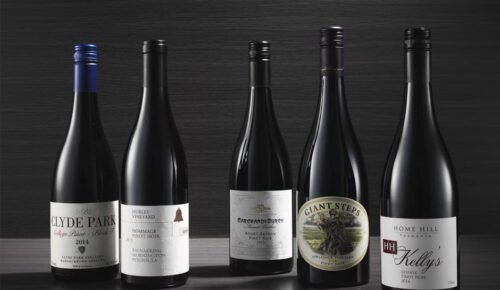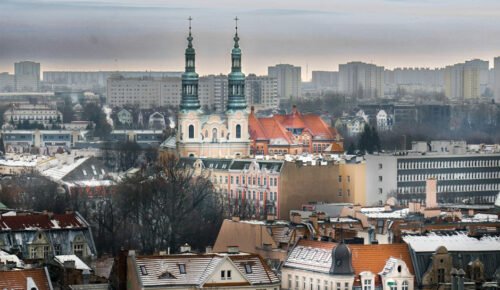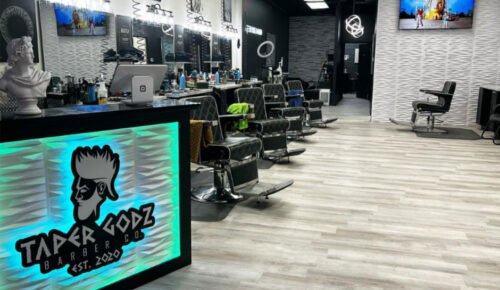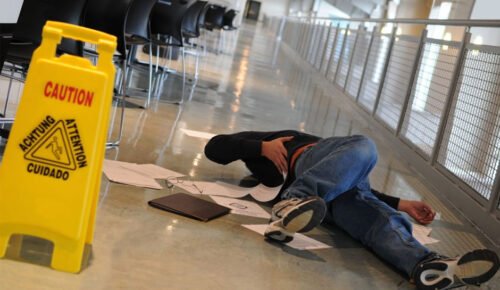Hawaii is often celebrated for its stunning landscapes, pristine beaches, and vibrant sunsets. However, beyond the natural beauty lies a rich tapestry of urban and rural life that is equally captivating. Street photography in Hawaii offers a unique opportunity to capture the everyday moments that define the islands, from bustling markets and vibrant street art to the quiet charm of rural towns. This article explores the essence of street photography in Hawaii, offering tips for candidly capturing local life, markets, and cultural diversity, while also highlighting the ethical considerations and best practices for photographing in Hawaii.
Exploring Hawaii’s Urban and Rural Scenes
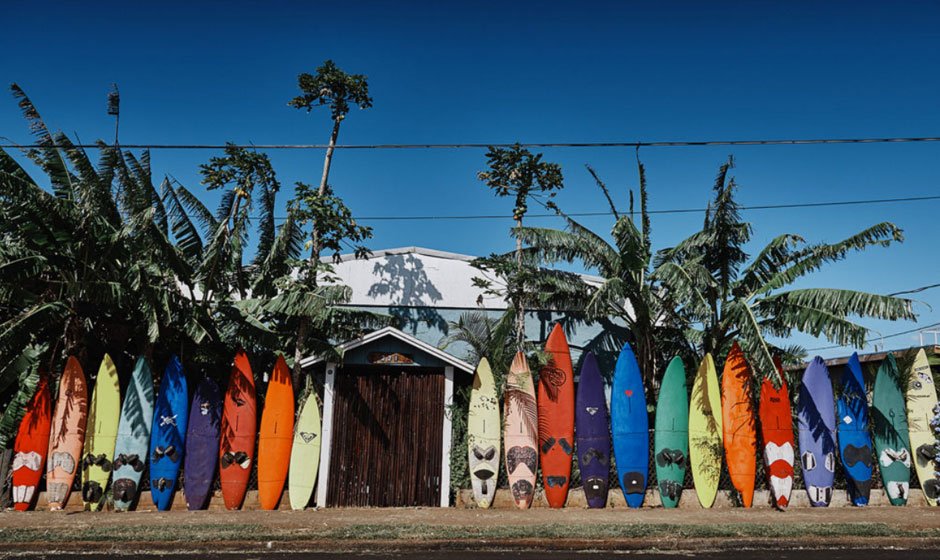
Hawaii’s diverse landscapes across the Hawaiian Islands provide a wide range of settings for street photography. Whether you’re wandering through the busy streets of Honolulu or exploring the laid-back towns of the outer islands, there’s always something interesting to capture.
Urban Scenes:
- Honolulu:As the capital city and the most urbanized area in Hawaii, Honolulu is a treasure trove for street photographers. The streets of Waikiki are always buzzing with activity, offering opportunities to capture the contrast between tourists and locals, as well as the vibrant nightlife. Chinatown, with its eclectic mix of markets, shops, and eateries, is another great spot for capturing the cultural diversity of the city. The historic architecture, combined with modern street art, creates a dynamic backdrop for urban street photography.
- Kakaʻako:This neighborhood in Honolulu is known for its colorful murals and street art, making it a popular spot for photographers. The area is constantly evolving, with new art installations and graffiti popping up regularly. Kakaʻako’s blend of industrial buildings and artistic expressions offers a unique urban landscape that’s perfect for capturing the creative spirit of Hawaii.
Rural Scenes:
- Haleiwa (Oahu):Located on the North Shore of Oahu, Haleiwa is a charming town known for its surf culture and rustic appeal. The streets are lined with surf shops, food trucks, and local boutiques, all of which provide rich material for street photography. Capturing the laid-back vibe of this surf town, along with the interactions of locals and surfers, offers a glimpse into a different side of Hawaiian life.
- Hanapepe (Kauai):Known as “Kauai’s Biggest Little Town,” Hanapepe is a small town with a big personality. It’s famous for its Friday Art Night, where local artists display their work, and the streets come alive with music, food, and culture. The historic plantation-style buildings and the local art scene make Hanapepe a great place for capturing the essence of small-town Hawaii.
- Hilo (Big Island):On the eastern side of the Big Island, Hilo offers a blend of natural beauty and historic charm. The town’s farmer’s markets, old theaters, and waterfront areas provide ample opportunities for street photography. Hilo’s relaxed pace and friendly locals make it easy to capture candid moments that reflect the everyday life of the island.
Tips for Candidly Capturing Local Life
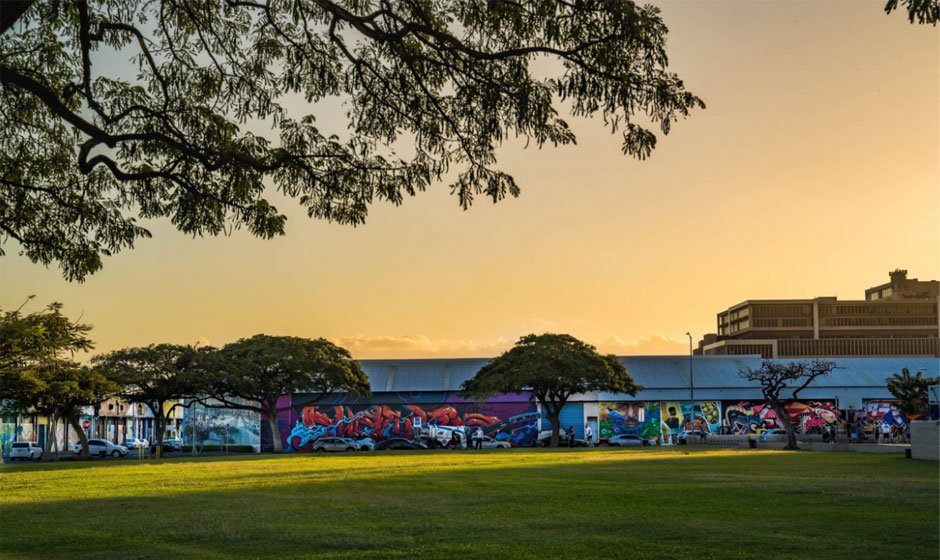
Street photography is all about capturing the spontaneity and authenticity of everyday life. Here are some tips to help you candidly capture the essence of Hawaii’s streets:
1. Blend In:
- Dress casually and avoid drawing attention to yourself. The less conspicuous you are, the easier it will be to capture genuine moments without disrupting the scene. Street photographers who blend in are more likely to capture authentic interactions, which is key to capturing the everyday life of the islands.
2. Observe First:
- Spend some time observing the area before taking out your camera. Notice how people move, interact, and use the space. This will help you anticipate moments and understand the flow of life in that location, which is essential in street photography.
3. Use a Discreet Camera:
- A smaller, mirrorless camera or even a smartphone can be less intimidating than a large DSLR. This makes it easier to take candid shots without people feeling like they’re being photographed. Many talented photographers prefer these tools for their subtlety and portability.
4. Focus on Details:
- Street photography isn’t just about capturing people. Look for interesting details like the way light falls on a building, the textures of a market stall, or the expressions on faces in a crowd. These details can tell a story just as effectively as a wider shot, adding layers to your photographs.
5. Capture the Atmosphere:
- Pay attention to the overall atmosphere of the place. Whether it’s the bustling energy of a market or the quiet solitude of a small town, try to convey the mood and feeling of the scene in your photos. This approach is what makes landscape photography and street photography overlap, capturing both the environment and its inhabitants.
6. Be Patient:
- Street photography often requires patience. Wait for the right moment to unfold naturally, whether it’s a fleeting interaction, a sudden burst of laughter, or a quiet moment of reflection. Experienced photographers know that waiting for the right moment is crucial to capturing the best images.
7. Shoot in Black and White:
- While Hawaii’s vibrant colors are hard to resist, sometimes black and white photography can add a timeless quality to your images. It emphasizes shapes, shadows, and contrasts, which can be particularly effective in street photography, especially in dramatic scenes.
Ethical Considerations and Best Practices
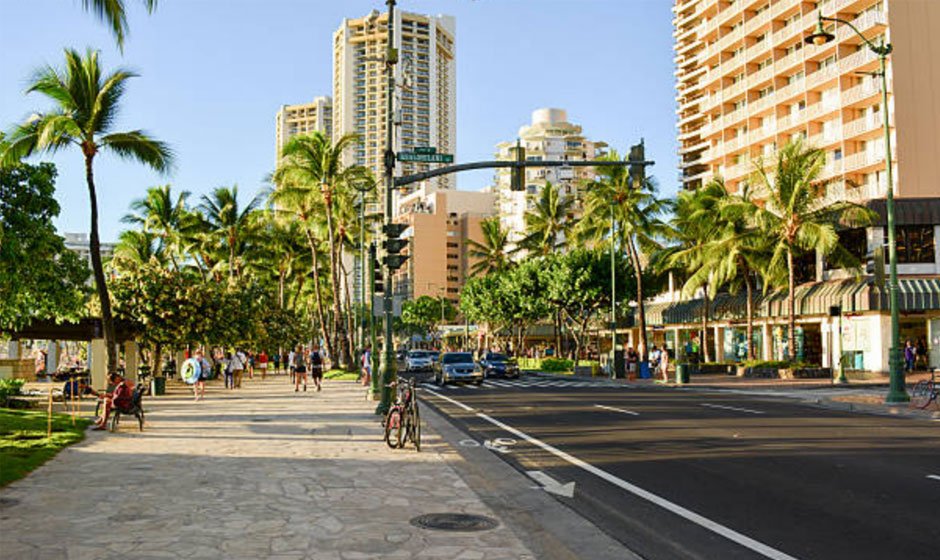
When photographing people in public spaces, especially in culturally rich and diverse places like Hawaii, it’s important to approach your work with sensitivity and respect. Here are some ethical considerations and best practices for street photography:
1. Respect Privacy:
- Even in public spaces, people have a right to privacy. Be mindful of how you’re photographing individuals, especially if they’re in vulnerable situations. If someone indicates they don’t want to be photographed, respect their wishes and move on. This is a key part of ethical photography, whether in a bustling urban setting or a quiet rural area.
2. Ask for Permission When Appropriate:
- While candid photography captures spontaneous moments, there are times when it’s appropriate to ask for permission, especially if you’re photographing someone in a close-up or intimate setting. A simple smile and a gesture with your camera can often suffice.
3. Be Aware of Cultural Sensitivities:
- Hawaii has a rich cultural heritage, and it’s important to be aware of and respect local customs and traditions. Avoid photographing religious ceremonies, sacred sites, or cultural practices without permission. If in doubt, it’s best to ask or refrain from photographing. Hawaiian culture is deeply rooted in respect and tradition, and this should be reflected in your approach to photography.
4. Be Discreet and Non-Intrusive:
- Don’t be overly aggressive with your camera. Street photography should be about observing and capturing life as it unfolds naturally, not about interfering with or staging scenes. Discretion is particularly important in locations where the local culture is more reserved.
5. Share Your Work Thoughtfully:
- When sharing your street photography, consider the context in which the images were taken. Be mindful of how your work represents the people and places you’ve photographed. Avoid captions or descriptions that could be seen as disrespectful or exploitative.
6. Acknowledge Your Presence:
- Even if you’re shooting candidly, you’re still part of the environment. Be aware of how your presence might affect the scene and try to minimize any disruption. Street photography is about capturing the world as it is, without your presence altering it.
7. Give Back:
- If possible, consider sharing your photos with the people you’ve photographed or supporting local communities by purchasing from markets, shops, and street vendors. This helps build a positive relationship with the community and shows appreciation for the moments you’ve captured. Supporting local businesses and respecting the community are ways to ensure your photography practice is beneficial and appreciated.
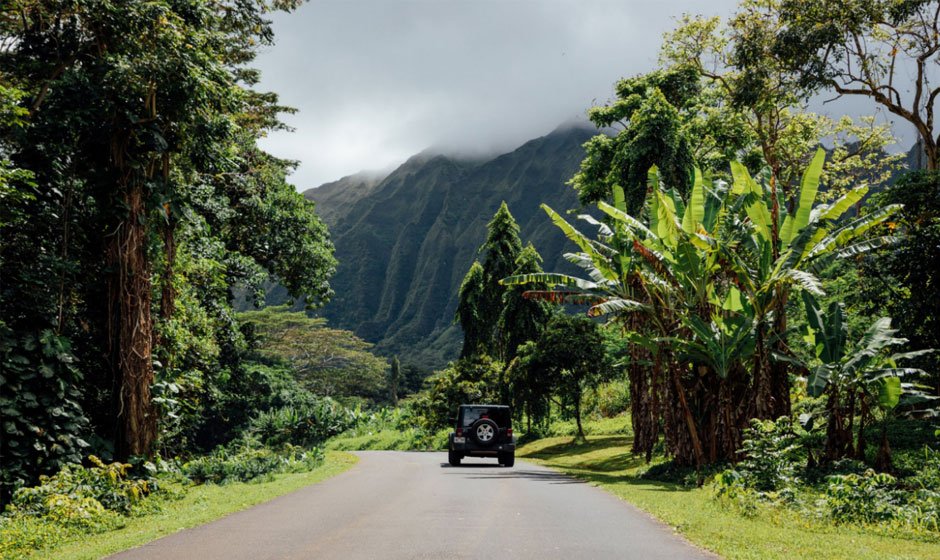
Street photography in Hawaii offers a unique opportunity to capture the everyday moments that define the islands. By exploring both urban and rural scenes, observing local life, and approaching your work with sensitivity and respect, you can create a visual narrative that showcases the cultural richness and diversity of Hawaii. Whether you’re photographing the bustling streets of Honolulu or the quiet charm of a small town, remember that street photography is as much about the experience as it is about the final image. With patience, observation, and ethical practices, you can capture the true essence of Hawaii’s vibrant street life, creating images that resonate with both locals and those who cherish the beauty and culture of these islands.
By capturing these moments, you contribute to a greater understanding and appreciation of the Hawaiian Islands and their people. Whether you’re drawn to the dramatic cliffs of the Na Pali Coast, the historical significance of Pearl Harbor, or the lively markets of Honolulu, street photography allows you to explore and present the multifaceted life of Hawaii.
https://schema.org/LocalBusiness”>
